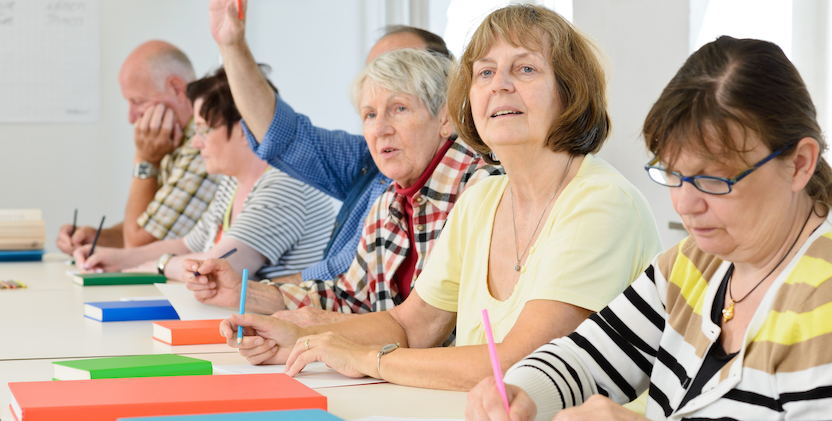Formal learning
This section looks at a best practice model for formal learning on sexual harassment in the workplace.

Formal learning remains a key element of sexual harassment education.
Below is the leading practice formal sexual harassment training table. This is an overview of what is considered good practice regarding the structure, delivery method and content of formal workplace sexual harassment training. This is based on international best practice, as published by UN Women and adapted for Australian workplaces and incorporating findings from Respect@Work.
In summary, it includes:
- Compulsory training for all workers, led by instructors with expertise in sexual harassment, inequality and discrimination and skills to engage with complexities;
- A focus on developing behavioural skills, and new ways of thinking and acting, and providing knowledge to support those skills;
- Immersive and active participation, with space for debate, discussion, exploration of resistance, and reflection; and
- Inextricable links with principles of safety, trust and respect.
- Conventional education through e-Learning modules, while often cost efficient and logistically easier to administer, may be of limited effect in achieving the cultural and behavioural changes necessary to prevent workplace sexual harassment
|
Structure and delivery |
Method |
|
|
|
Content |
|
|
|

